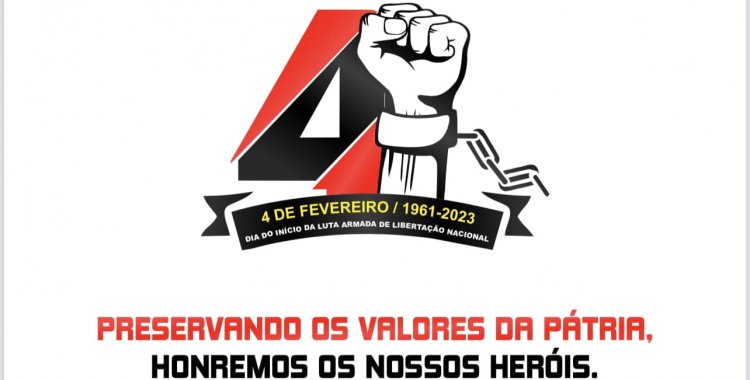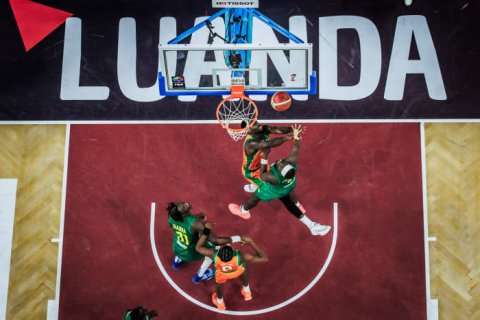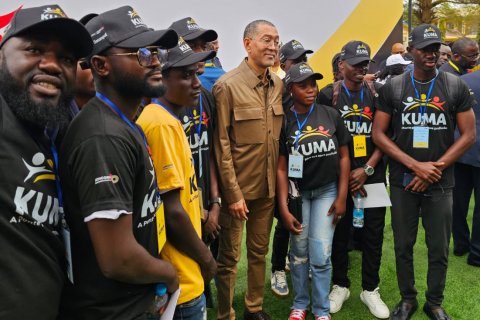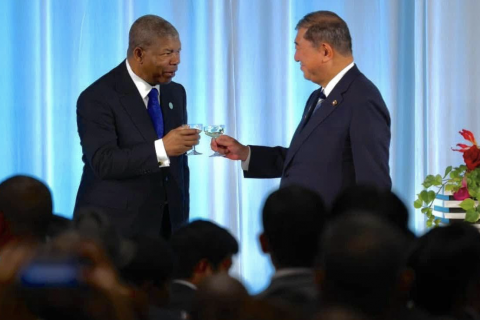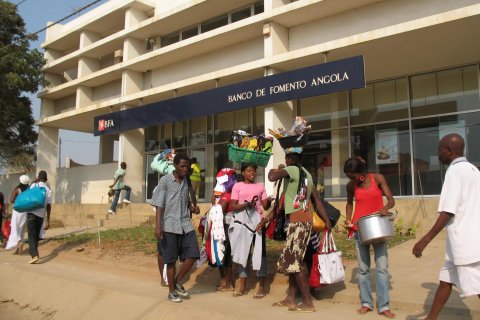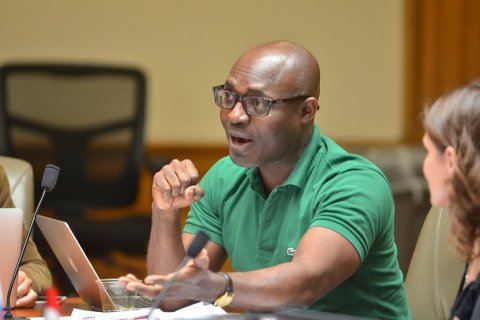According to the provincial governor of Zaire, Adriano Mendes de Carvalho, the conditions have been created for the central act, and the person in charge called for a massive participation of the population: "We must honor our heroes of the 4th of February, who in 1961 triggered a heroic action that culminated in National Independence, on November 11, 1975," he said, quoted by Angop.
At the local level, the program of commemorations involves political, sports and recreational activities, under the motto "Preserving the Values of the Homeland, We will Honor our Heroes".
In the announcement of the commemorations of the 4th of February, the Government stated that this year it will be necessary to strengthen the continuity of a process of historical changes resulting from the general elections in August.
The celebrations will take place throughout the national territory, as well as in the diplomatic and consular missions of Angola until the next 20th.
February 4th: the 'versions' of the story
Several versions of "February 4" of 1961 still do not allow to define a clear story about what happened, when a group of about two hundred Angolans, armed with bladed weapons, attacked several military posts of the Portuguese colonial regime, having been " received" by gunshot.
The attacks, according to unofficial figures, caused the death of 40 insurgents and six Portuguese soldiers and marked the starting point, both internally and externally, for greater awareness in Angola, at a time when several African countries were gaining independence and putting an end to the colonial yoke, opening doors to political and armed struggle, which would continue until 1974.
The conscience of Angolans awakened to the need for "liberation", with young people becoming involved in clandestine political activities against the colonial occupation, while others joined the armed struggle in the interior of the country, which culminated in independence, on 11 November 1975.
According to various Angolan and Portuguese historians, it is estimated that between 200 and 250 were the protagonists of the "4th of February", who attacked the House of Reclusion, the Jail of the 7th Police Station, the Post Office, Telegraphs and Telephones (CTT ) and the official broadcaster of Angola.
There are three versions of these occurrences, but they all coincide in terms of the use of bladed weapons. The first says that the Angolans armed with machetes, in four directions, attacked those places.
The second points out that the dissatisfaction of the colonial system was such that cells in Luanda (mostly from the Popular Movement for the Liberation of Angola - MPLA) carried out political activities underground. The plan of attack consisted of two groups that would attack two military objectives, namely the House of Reclusion and the Jail of the 7th Police Station.
From this action they obtained firearms to attack CTT and the official broadcaster, being able to inform the world of the Angolan revolts against the colonial regime, with the MPLA claiming moral authorship of "February 4".
The third version combines the first two and tells the facts in an almost anachronistic way. It all starts with the attack on the House of Reclusion, where the failure of the attack dispersed the protagonists. Simultaneously, two other groups that were preparing dispersed. This is how an ambush is carried out, where a Portuguese corporal is killed. The rebels seized their weapons and went to the 7th Police Station, in an offensive, whose failure resulted in more than forty deaths and many prisoners.
Since Luanda had the characteristic of sociocultural plurality, it is admitted that they cared little about party color at the time, wanting only liberation.
In the official Angolan version of the events at dawn on February 4, 1961, it is indicated that groups of Angolan guerrillas, commanded by Neves Bendinha, Paiva Domingos da Silva, Domingos Manuel Mateus and Imperial Santana, in a total of 200 men armed with machetes, unleashed a series of actions in the city of Luanda. One of these groups set up an ambush on a Military Police patrol, neutralizing the four soldiers, taking their weapons and ammunition, later trying to free the political prisoners, in a frustrated attack on the Military Prison House.
Other targets were the PIDE jails, in the neighborhood of São Paulo, and the 7th Police Station of the Public Security Police (PSP), where there were also political prisoners.
They also tried to occupy the "Emissora Oficial de Angola", a radio station at the service of state propaganda. In these actions, 40 guerrillas, six police officers and a corporal from the Portuguese Army died, next to the House of Reclusion.

